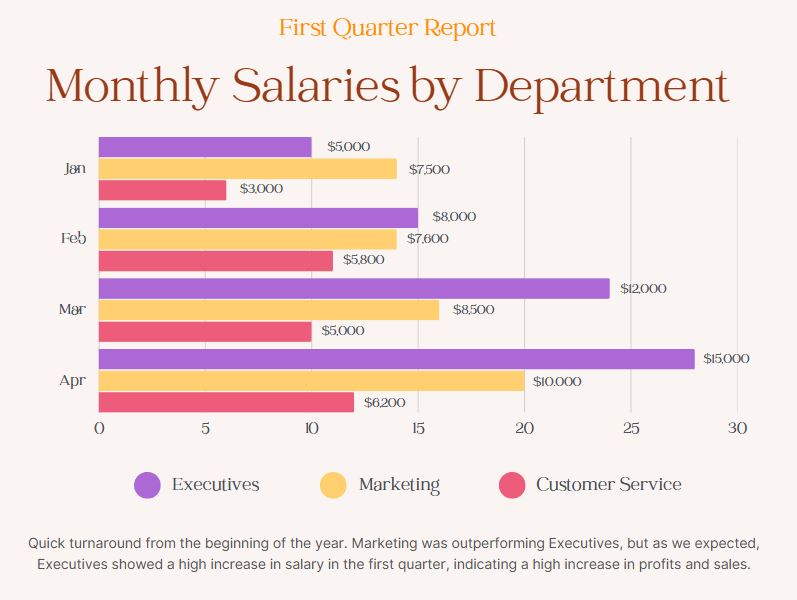SQL Mastery
Beyond the Query: Building Better Databases with SQL
How thoughtful schema design leads to better business insights
Most people think of SQL as a tool for asking questions. But sometimes, the structure of your data matters just as much as the query itself.
In this post, I’ll walk through how building and exploring an employee database from scratch helped me understand the power of clean, relational designs. I’ll also explore how those decisions ripple into analytics and decision-making down the line.
The Context: Exploring Organizational Data
As part of a hands-on project, I designed and analyzed a database modeled after a company’s HR system. The focus was on core employee data:
-
Departments
-
Roles and titles
-
Salaries
-
Manager relationships
-
Tenure
While the data was mock, the challenges were realistic: How do you structure a system that allows HR leaders to spot inefficiencies, reward high performers, and make strategic hiring decisions?
Building the Foundation: Schema Design
Before running a single query, I focused on data normalization and clarity.
Key Design Decisions:
-
Separate tables for departments, roles, and employees
-
Use of primary and foreign keys to ensure referential integrity
-
Constraints to prevent duplicate entries or invalid salary records
-
Thoughtful use of JOIN logic in table relationships (e.g., self-joins for managers)
This clean design made the system:
-
Easier to maintain
-
Faster to query
-
More resilient to user error
SQL in Action: Asking Real Business Questions
Once the structure was set, I used SQL to answer questions HR might actually ask:
-
Who earns the most in each department?
-
What’s the average tenure by department?
-
Which managers have the largest teams?
-
Where are salaries out of alignment with titles or experience?
Using SQL joins, aggregations, and filters, I was able to create high-impact reports. This is evidence that clean structure upfront leads to better decisions later.
Data Visual (Mockup)
Here’s a mockup of one of the visual outputs I created after querying the salary distribution by department:
This kind of visualization helps leadership spot pay inequities and plan compensation strategies based on real data.
Key Takeaway: Design for the Questions You’ll Ask
Good analysis starts before the first query. When you structure data intentionally, it opens the door to faster, clearer, and more accurate insights.
Whether you’re working with HR systems, benefits data, or business operations, how you store your data is just as important as what’s in it.

